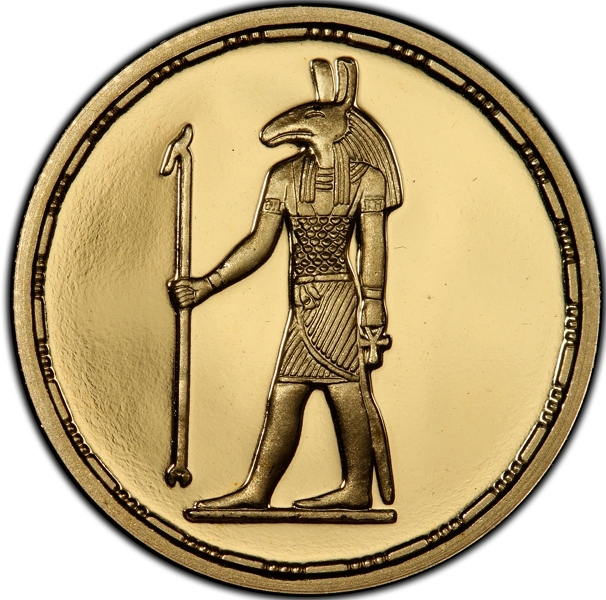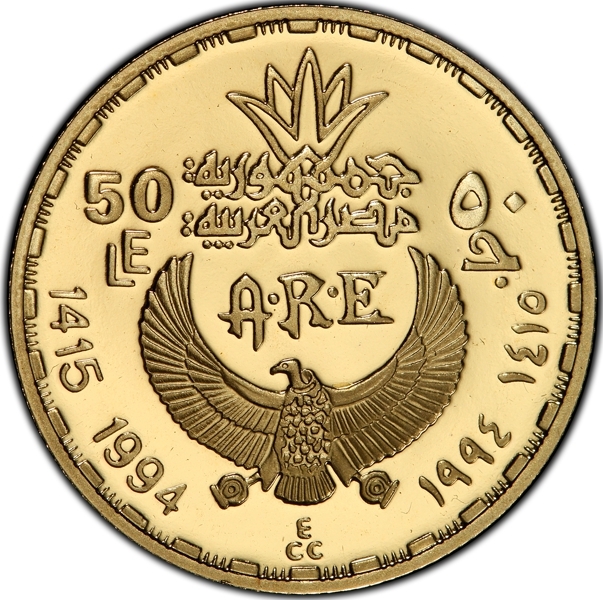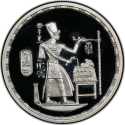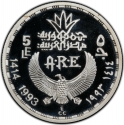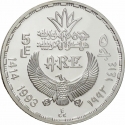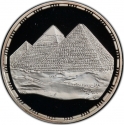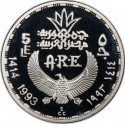You are about to finish your registration. Please check your mailbox (including spam folder). There should be a letter with a confirmation link. Check setting to make sure that your e-mail address is correct.
Send letter againDescription
Set is a god of deserts, storms, disorder, violence, and foreigners in ancient Egyptian religion. Set had a positive role where he accompanies Ra on his barque to repel Apep, the serpent of Chaos. Set had a vital role as a reconciled combatant. He was lord of the Red Land, where he was the balance to Horus' role as lord of the Black Land.
In the Osiris myth, the most important Egyptian myth, Set is portrayed as the usurper who killed and mutilated his own brother, Osiris. Osiris's sister-wife, Isis, reassembled his corpse and resurrected her dead brother-husband with the help of the goddess Nephthys. The resurrection lasted long enough to conceive his son and heir, Horus. Horus sought revenge upon Set and many of the ancient Egyptian myths describe their conflicts.
Obverse

|
Depicts standing god Set. |
|---|---|
Reverse

|
Stylized state name (Arab Republic of Egypt) divides denomination in Arabic and English and abbreviation of state name (A.R.E.) below, the date in Arabic (Hijri) and Western (Georgian) divides by a vulture with open wings. Engraver's initials (ECC) below. 50 ٥٠ جمهورية مصر العربية |
| Edge |
